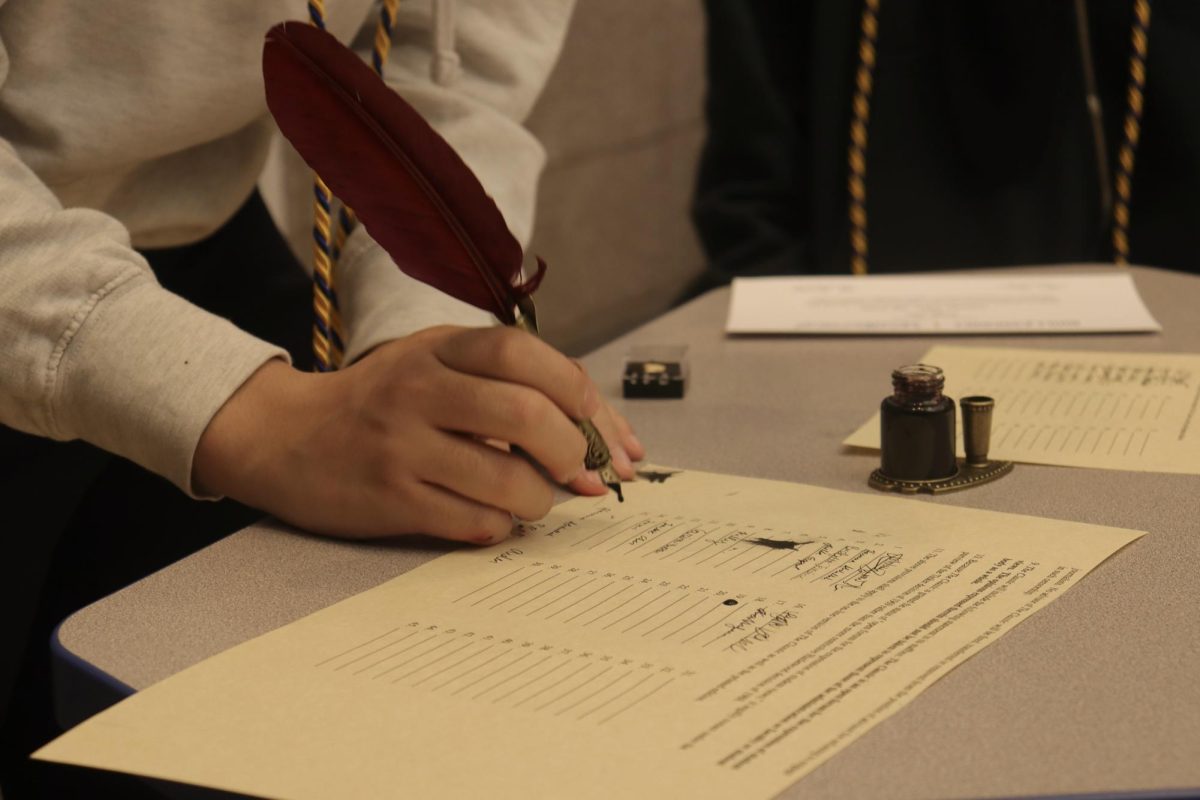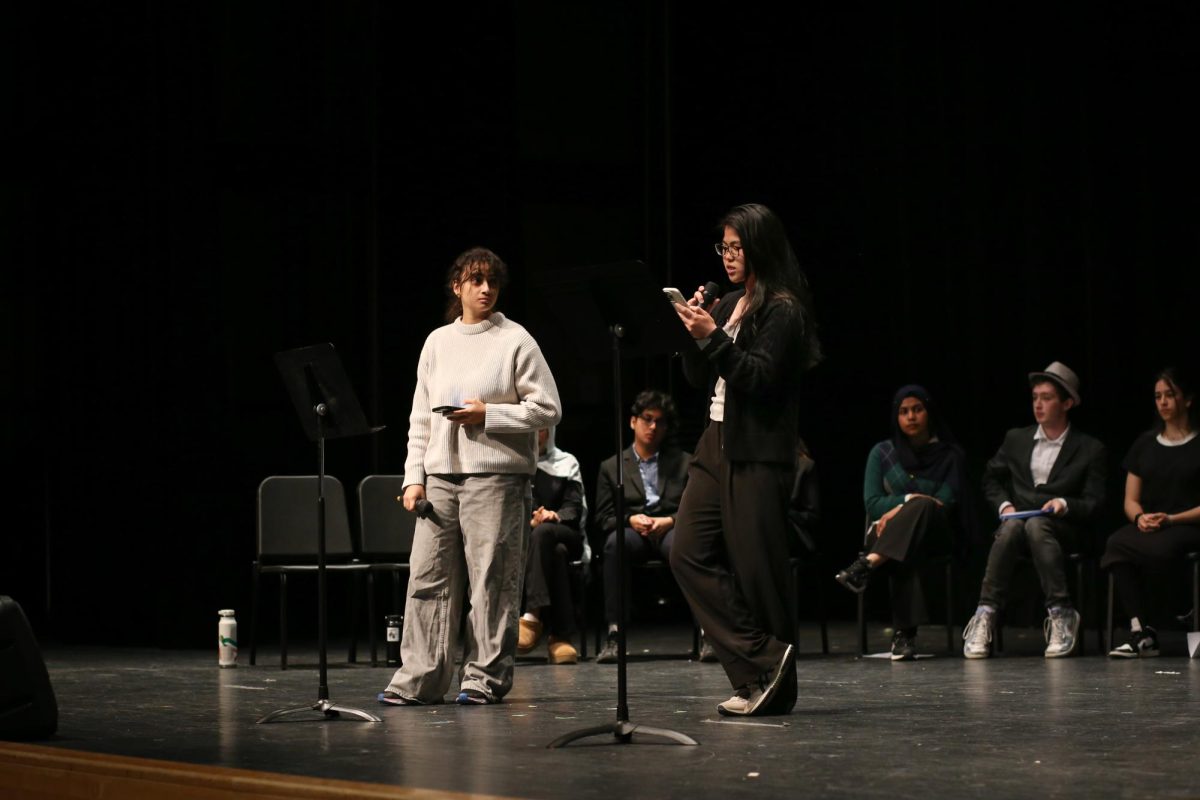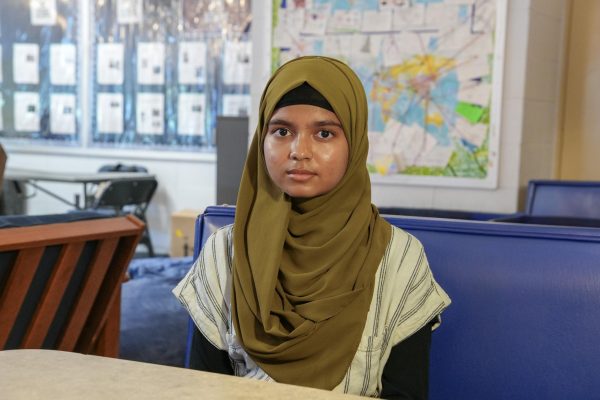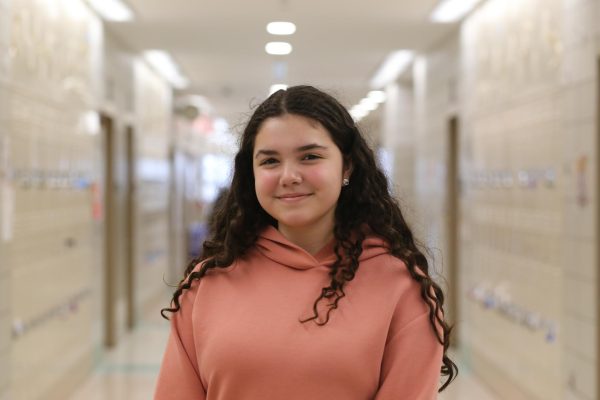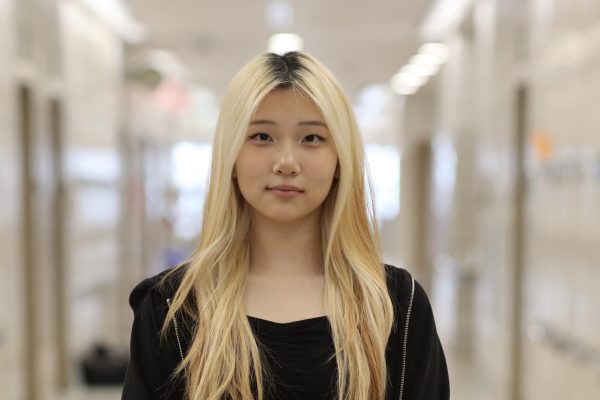
In April, the New York City Council passed Resolution 372, calling on the New York City Department of Education (DOE) to provide support for a student newspaper at every public high school in the city. The resolution was NYC Council member Rita Joseph following a 2022 study by Baruch College that revealed that there were only student newspapers at around a quarter of all NYC non-charter schools.
The Resolution claims that school newspapers provide students with “the opportunity to gain leadership and civic engagement experience, news judgment, research and writing proficiency, news literacy, and many other skills.”
The Baruch study showed that student newspapers were more common in high schools with more Asian and white students, and schools with more Black and Latinx students were less likely to have them. It also indicated that schools with students from higher-income families were more likely to have student-led journalism programs than schools whose students came from lower-income families.
According to the resolution text, although the Baruch study “does not assert a causal relationship between rates of poverty or graduation, or rates of racial and ethnic composition of high schools and student newspaper prevalence, its analysis of the data reveals that high schools with poverty rates of 78% or higher, which includes nearly two-thirds of NYC non-Charter public high schools, tend to have higher graduation rates when they have a student newspaper.”
English teacher and advisor of The Classic, the student-run newspaper at Townsend Harris High School, Brian Sweeney said that making sure that all schools have journalism programs will ensure that diverse groups have access to the benefits of such programs.
“This is why it needs to be a city-wide thing,” he said. “All schools need to hire advisors, support them in developing a curriculum, and ensure that student journalists are free from administrative censorship and prior review.”
When told that schools with more Black, Hispanic, and economically disadvantaged students are less likely to have student newspapers, Jessica Graf, the assistant principal of Guidance at THHS said, “We want all students to have a platform for advocating the issues that concern them within their communities, particularly any student who might be part of a marginalized group or an underrepresented group.”
A 2008 study conducted by the University of South Carolina involving over 31,000 students revealed a correlation between student involvement in high school journalism programs and academic performances in various high school and college level criteria.
Student journalists who are part of the Youth Journalism Coalition (YJC) testified in June about the value of journalism programs at a City Council Education Committee hearing.
“Thank you for coming prepared, and thank you for fighting for your space, and for you to be seen and heard and to tell stories,” said City Council member Rita Joseph, who introduced the resolution. “…I want you to be able to tell your story.”
English teacher Brian Brewer, said, “[Journalism] requires developing the ability to write clearly and succinctly under pressure and those are skills that you don’t normally develop in a regular English class. I think a journalism class helps you with those skills […]. The ability to communicate succinctly just influences any aspect of your public life.”
Mr. Sweeney said, “I think that these programs make you better writers if you work on writing articles. They make you better communicators if you work on videos and podcasts. They make you more likely to express yourself, to learn to speak up, to advocate for yourself. [..] So I think it’s beneficial to your education.”
Both Dr. Brewer and Mr. Sweeney mentioned that student-led newspapers could help students learn skills that would help them with both getting accepted into colleges and succeed in their studies there.
Some THHS students feel that participating in high school journalism programs, in their case, The Classic can help students explore their interests in the field of journalism.
Lyam Mizutani, one of the freshman students who participates in the THHS journalism program, The Classic, said that it “gives the people working [on it] experience. If they are interested in journalism, they can practice writing articles and taking photos for it. If they wish to join newspapers in the future, like the New York Times, these programs will be really helpful.”
Senior Bridgette Jeonarine, one of the Editors in Chief of The Classic said, “I think it [The Classic] just brought me a sense of community, but also throughout my almost four years on The Classic, I’ve really developed a love of journalism and it’s definitely something that I do want to explore in the future regarding my college and career.”
“[The Classic] has definitely given me a platform to share my opinion, and allow others to share their thoughts. I feel like it’s helped me become more involved in the school,” said sophomore and opinion editor Violet Au.
The Classic is one of a few completely uncensored high school student-led newspapers in the city. Students are in charge of the content that is released and make important decisions regarding the newspaper. Neither the program advisor or the school administration are allowed to censor or control what The Classic publishes. The Classic’s charter, a document made to protect student free press rights, makes the THHS student journalism experience distinct from many other schools, which often face censorship due to a 1988 Supreme Court decision.
“As the advisor, it’s my job to make sure that we do things professionally, but it’s also my job to make sure that kids don’t get censored,” said Mr. Sweeney. “So what that means is that I am not going to tell them they can’t cover something, but I am going to help them cover it in a really professional way following journalistic rules and procedures, so there is responsibility there. It doesn’t mean that if we support student journalists that they have nobody to help them. My job is to help them, not to censor them.”
Assistant Principal Jessica Graf summed up the goal of The Classic, saying, “Of course adults are there to guide when needed, but the goal of the paper is that it is student-led.”
In her explanation of why she voted for Resolution 372 to be passed, District 29 Council Member Lynn C. Schulman noted how “an icon New York City radio station, WCBS 880 radio,” announced that it “was ending its all news format after nearly 60 years.”
“This is just the latest example of the decline of journalism in the city and nation,” Schulman said, “That is why it is so important to support local journalism and especially important to make it part of our educational experience.”


























